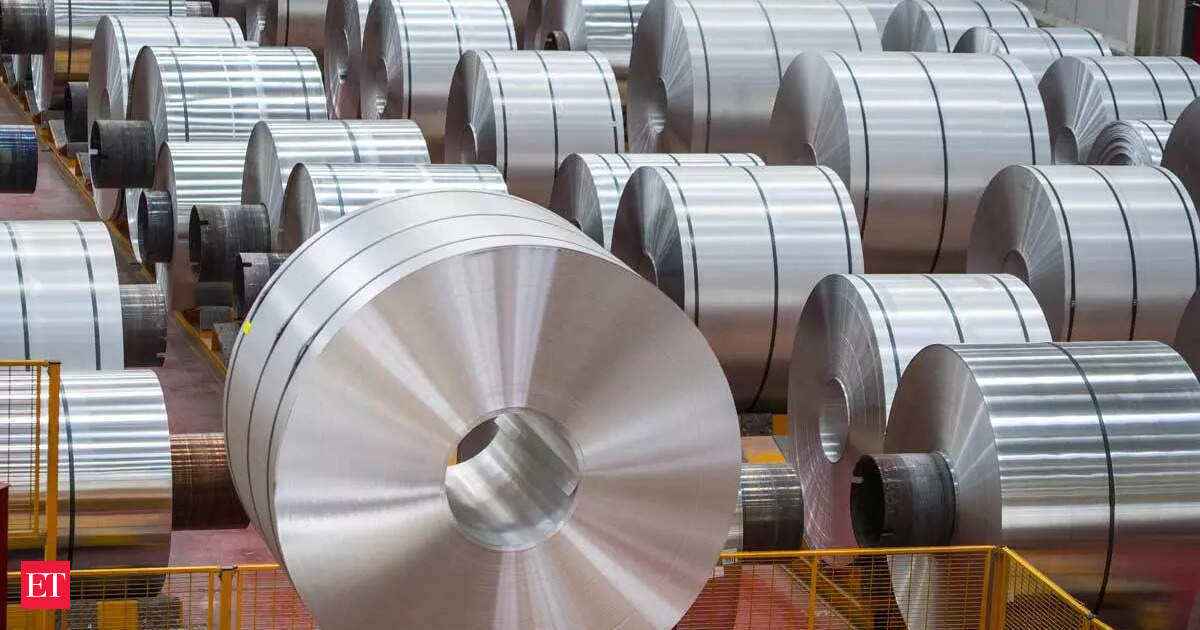Key Takeaways
- Steel makers are requesting changes to the Renewable Consumption Obligation (RCO) to lower renewable energy requirements.
- Their RCO target is set to rise from 33.01% to 43.33% by 2030, intensifying industry demands for regulatory adjustments.
- Excluding waste heat gases from RCO calculations could reduce financial burdens and support energy optimization.
Steel Industry’s Call for RCO Revisions
Large steel manufacturers are advocating for modifications to the Renewable Consumption Obligation (RCO) regime. Their proposals include reducing the mandatory share of renewable energy in their overall consumption and excluding electricity generated from waste heat gases from the RCO framework. This request aims to ease financial pressures on steel producers, who are required to meet 33.01% of their total captive electricity consumption from renewable sources in the current financial year, an increase from 29.91% in FY25. The target is projected to rise to 43.33% by 2030.
According to sources familiar with the situation, steel producers approached both the power and steel ministries earlier this month to present their concerns and recommendations. The government is currently reviewing their requests. The steel-making process generates waste heat gases in the blast furnace, which are often utilized to produce electricity, allowing companies to mitigate greenhouse gas emissions and reduce reliance on external energy sources.
The RCO is determined based on the total electricity generated and self-consumed by steel manufacturers. Excluding waste heat recovery (WHR) from the RCO scope could significantly lessen the compliance burden. “Excluding WHR decreases the total fossil fuel-based power consumption for a consumer, lowering the overall requirement for renewable power purchases to meet the RCO target,” noted Pranav Master, a director at Crisil Intelligence.
In addition, the Centre has approved eight methodologies under the Offset Mechanism to encourage energy efficiency and environmental sustainability. These methodologies cover various areas, including renewable energy production (hydropower and pumped storage), green hydrogen generation, industrial energy efficiency, industrial methane recovery, and afforestation projects involving mangroves.
The evolving landscape of energy regulations remains crucial for the steel industry as it seeks to balance environmental obligations with economic realities. Key stakeholders are closely watching how government responses will shape the industry’s future, particularly as it gears up to meet increasingly stringent renewable energy targets.
The content above is a summary. For more details, see the source article.















